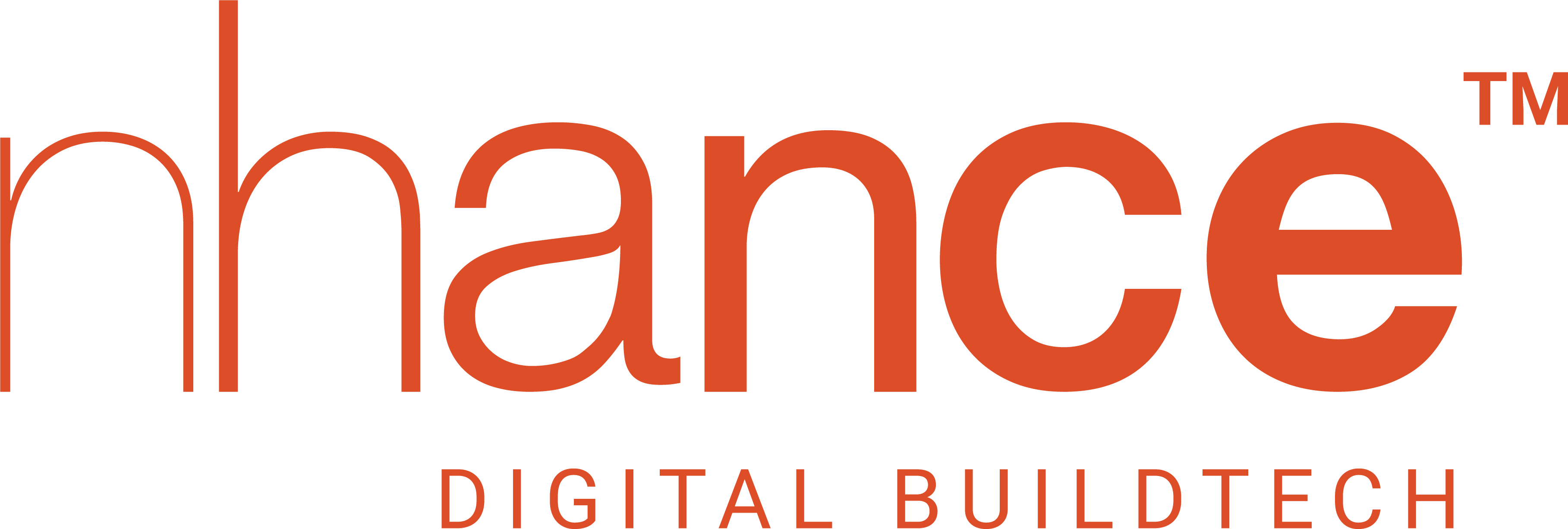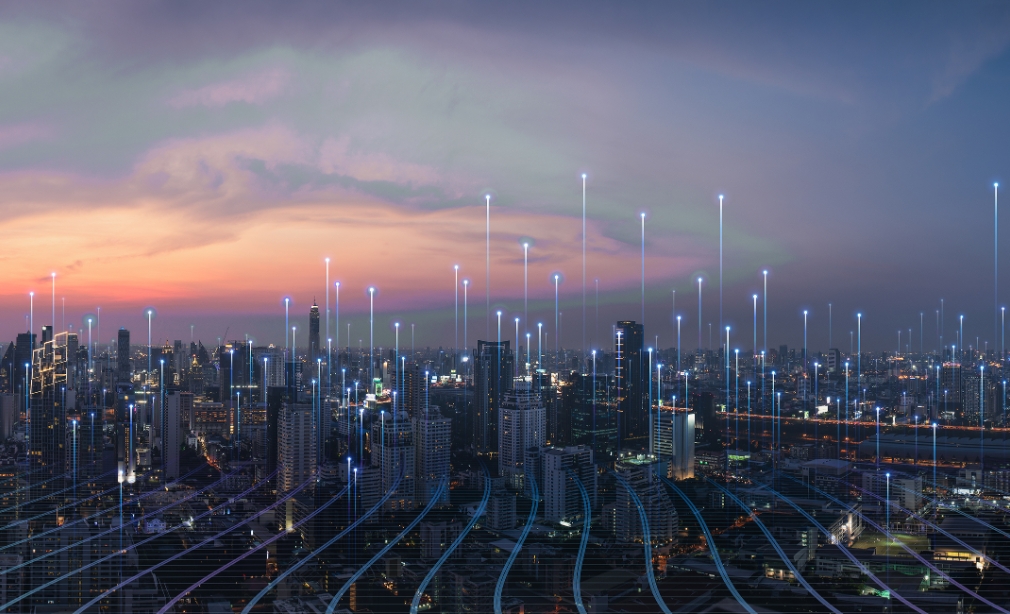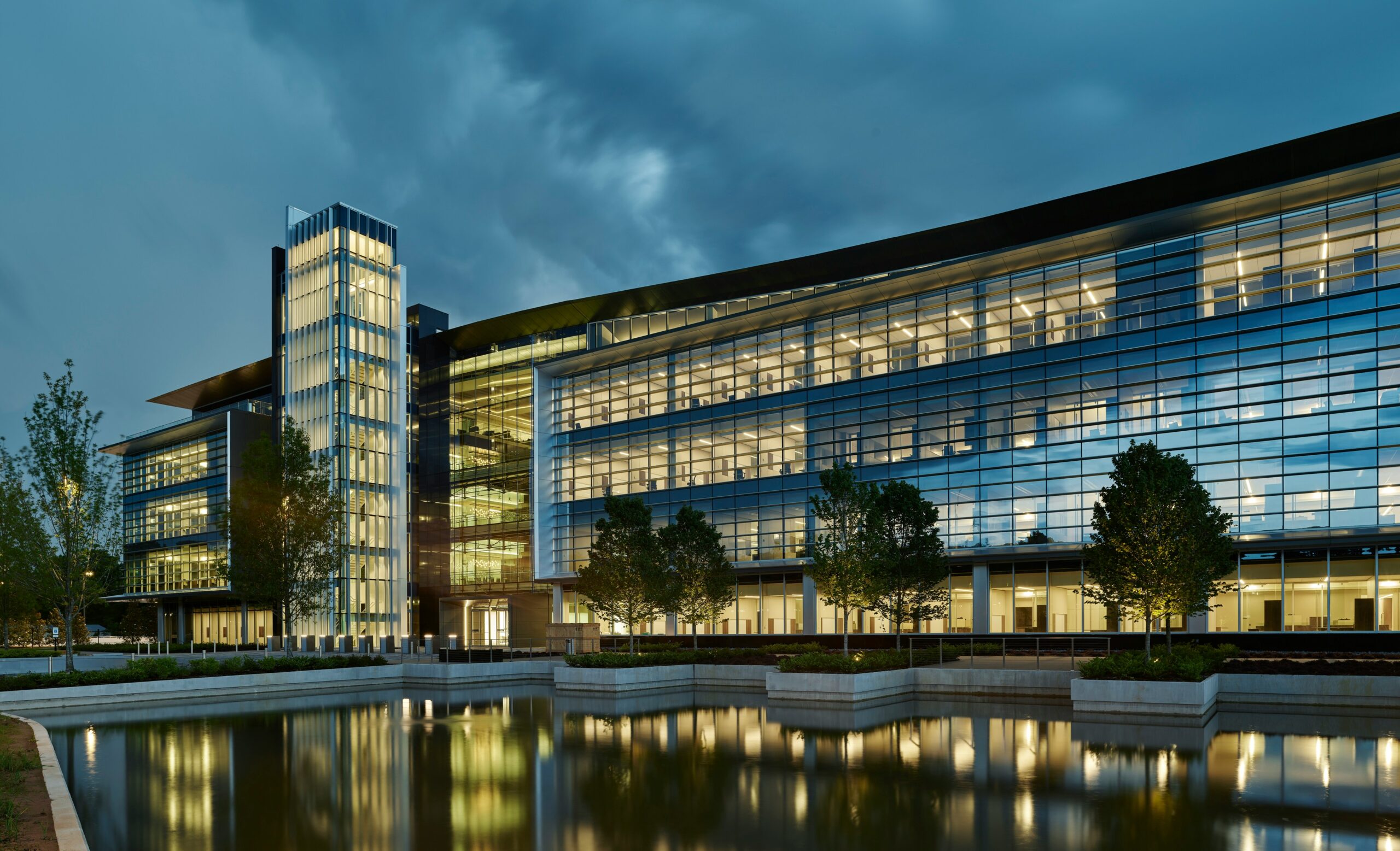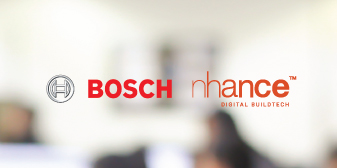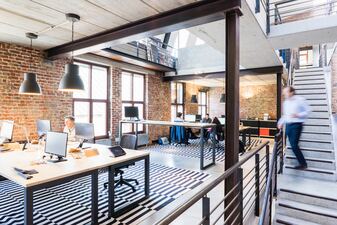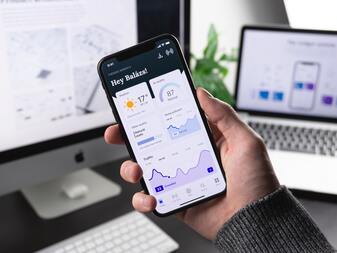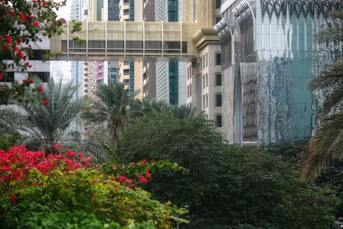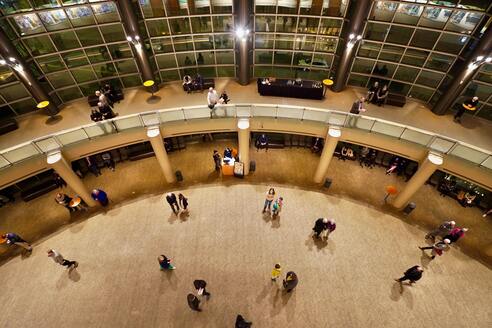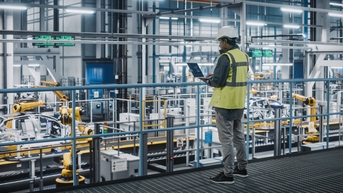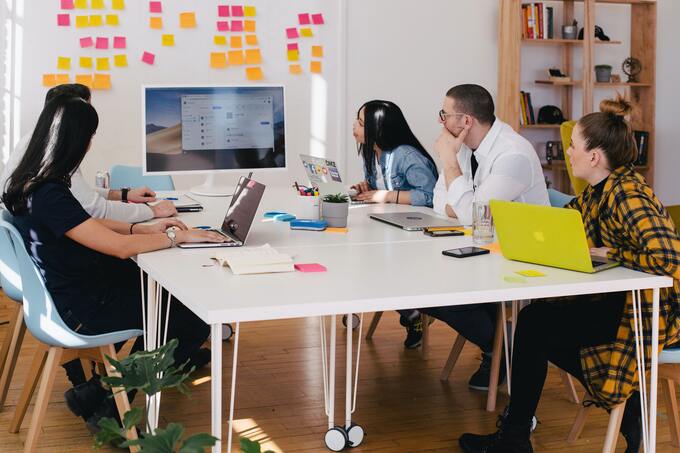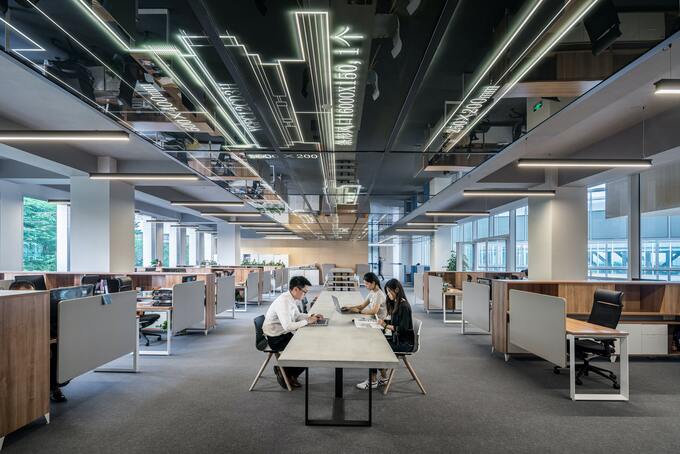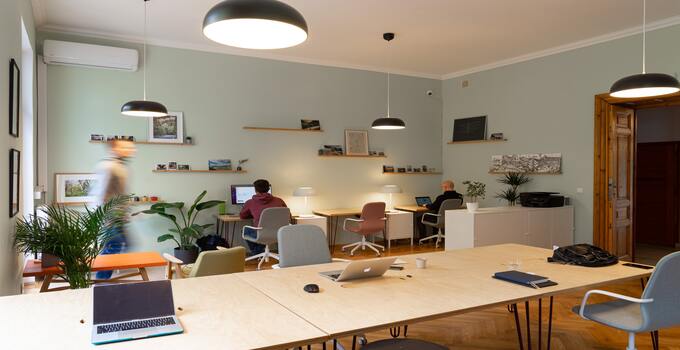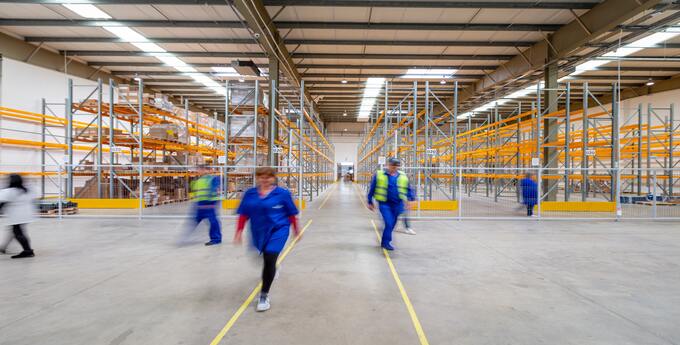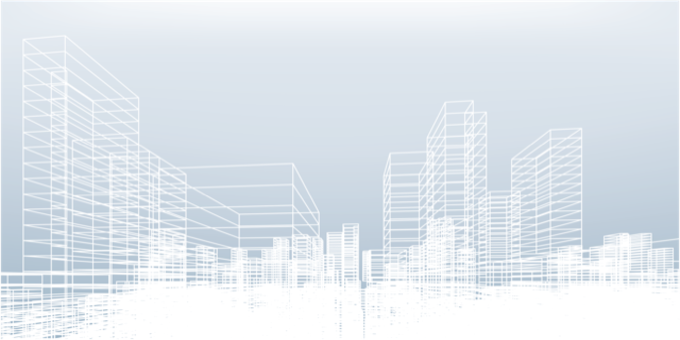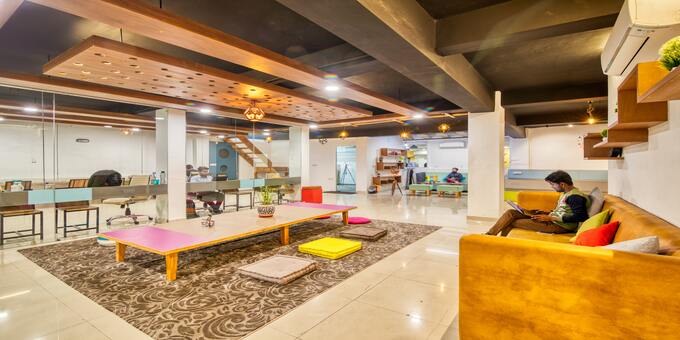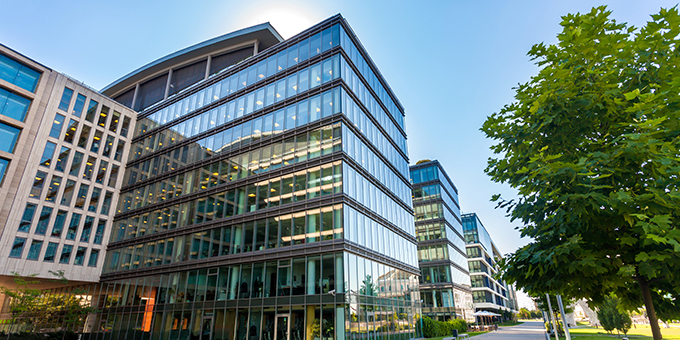The latest buzz
Information on everything you need to know about the future of work spaces and smart offices. Browse our collection of articles, case studies, whitepapers and blogs.
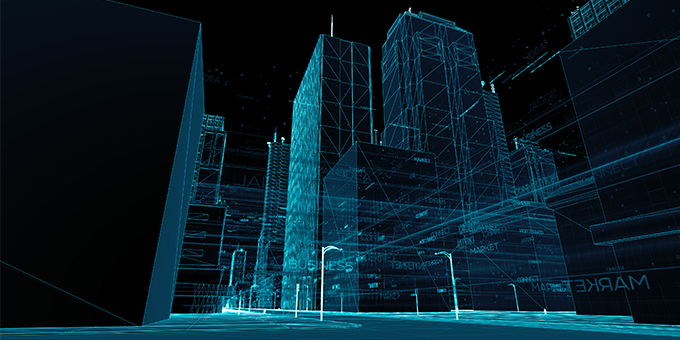
Articles
Enabling Future of Work with Connected Workplace
While Industry 4.0 was making organizations adopt technology at their own pace, the COVID-19 pandemic accelerated the pace of digitization across industries. Discarding the traditional model of single-location work, the pandemic brought about the new work model that pivoted around technology.

Articles
Why data modeling is key in Smart Buildings
The rapid evolution of technology within buildings combined with increasingly high expectations from end users and tenants have resulted in building owners and facility operators facing mounting challenges. On one hand, there is a need to meet the dynamic needs of the present. On the other, real estate leaders must also anticipate future integrations and expansions and devise strategies in line with the same.
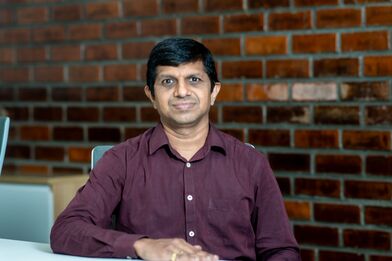
Articles
BIM goes beyond being a simple 3D model
BIM: More than just a 3D model. Sachin Hegde is our Senior Associate - BIM and Digital Technology. He brings in over 20+ years of experience. Before nhance, Sachin has played key leadership roles in building services CAD and the BIM platform since 2009.
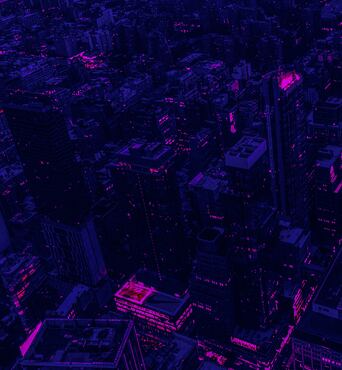
Blog
Unleashing the Power of Connected Digital Twin
Today's fiercely competitive and dynamic business landscape requires market players to be innovative and efficient. Together with this, other emerging themes of sustainability, digital transformation, 5G, and net zero, are driving the market participants to go all-out in order to stay ahead of the curve. Accordingly, businesses are banking on innovative strategies and the latest technology to keep up with the Industry 4.0 revolution.
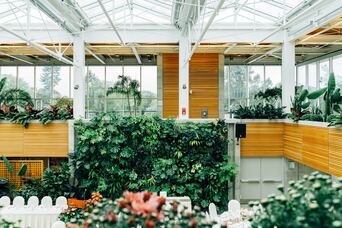
Articles
Building Sustainable Processes Using Digital Twin Technology
The future-facing 'Digital Twin' technology has become increasingly important in recent years. Its capacity for empowering the sustainability perspective of numerous industries, including commercial real estate cannot be left unnoticed.
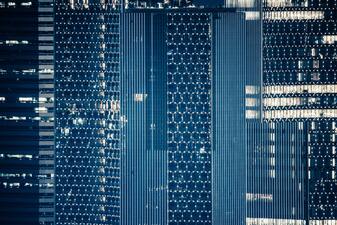
Blog
Incorporating Digital Technologies Into The Construction Industry
With digital transformation taking over almost every industry, the use of digital technologies has also made its way into the construction business. The incorporation of digital technologies in the sector is backed by the recent industry trends pushing the industry to lower its carbon footprint, adopt sustainability, and optimize time & cost.

Blog
Role of Carbon Accounting In Achieving Net Zero and ESG
After anticipating the escalating risks associated with climate change, investors and the financial sector are becoming more and more insistent on an ESG plan and a roadmap to net-zero carbon emissions. Sustainability has moved to the forefront of the global discourse.
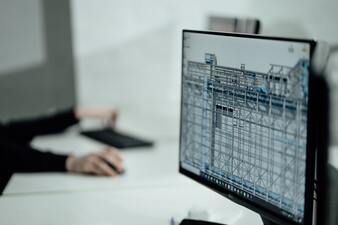
Articles
Understanding Scan-to-BIM In Digital Construction
A Building Information Model (BIM) created using 3D laser scanning is known as a Scan-to-BIM. It includes the operational and structural attributes of an existing built environment. The demand for BIM deployment and the creation of BIM designs for existing buildings is growing within the AEC industry.
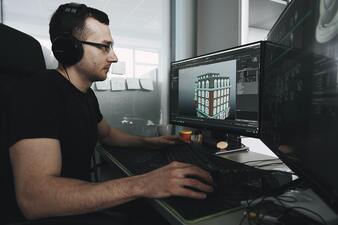
Blog
Unlocking The Advantages Of Integrated BIM
Numerous issues have been plaguing the AEC sector including excessive inefficiency, low productivity, legal disputes, etc. These issues eventually lead to budget overruns, scheduling slippages, and subpar product quality which in turn decreases the overall project value.
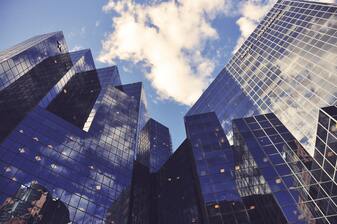
Blog
Reducing Building Operating Costs and Energy Consumption With Automation
According to the International Energy Agency, buildings account for roughly 1/3rd of worldwide energy use. The highest energy costs for all business and commercial facilities often come from heating and cooling, lighting fixtures, plug-load gadgets, apparatus for food service, and security control systems.

Blog
A Guide To Creating Energy-Efficient Spaces
The issue of global warming and effective energy use has become a worldwide concern that requires the adoption of energy-efficient measures across industries and businesses. Buildings being a crucial player in our transition to a future with reduced carbon emissions are also required to transform into energy-efficient spaces.
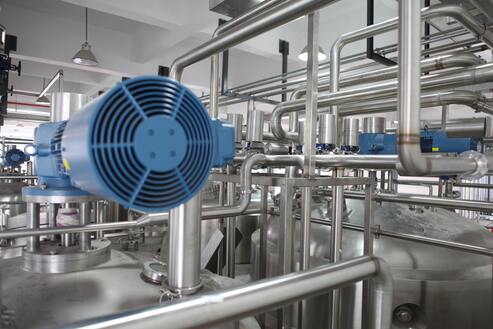
Blog
Understanding Digital Twin For Industry 4.0
As a result of growing interconnectedness and intelligent automation, Industry 4.0 postulates rapid change in the 21st century's tech, economies, societal patterns and processes. Digitalization is accelerating the enablers of industry 4.0. As a result of this, a very promising, emerging technology, the digital twin has become attainable in the industry.
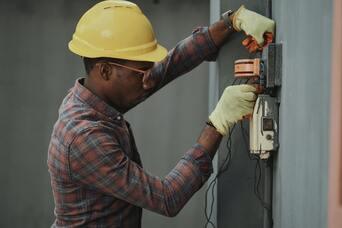
Articles
Moving From Reactive To Predictive Building Maintenance
Building maintenance these days is no more as simple as it used to be in the past With smart systems and modern assets, having the right maintenance routine and a thought-through strategy is crucial to have undisrupted operations and efficiency.

Articles
The Value Of Building Occupancy Management
Keeping up with today's constantly shifting technological landscape has become challenging. In order to sustain the changing needs of businesses and occupants, the advancements related to improvements in interior and exterior design, construction techniques, and energy efficiency of buildings have sped up.
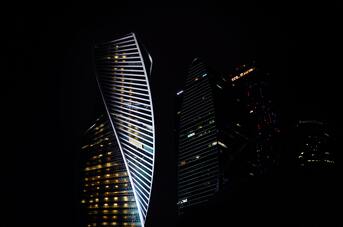
Blog
Embracing The Digital Building Lifecycle
Disruptions like the pandemic and individual choices to modernize are prompting technological changes across the globe and across industries. Likewise, the global architecture, engineering, construction, and facilities operations (AECO) industry is also experiencing technological disruptions that are renewing its construction, collaboration, and operation paradigms.
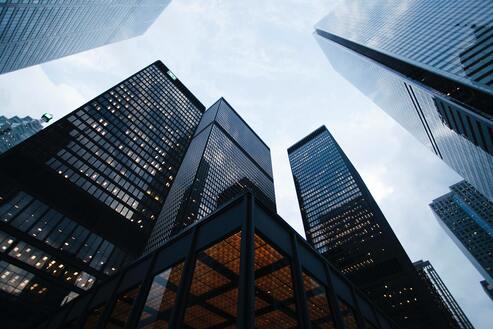
Blog
Advantages of Building Management And Automation System
In current times, a detailed overview of operations, physical assets, and overall building efficiency is an in demand™ feature among building owners. For better visibility and control over the built environment, smart building solutions, like building management and automation systems, are being used globally. These technologies have gained popularity due to the expansion of smart cities and environmental awareness for a safe and healthy future. These modern systems are also incorporated to create an accessible and low-emission environment in the building premises.
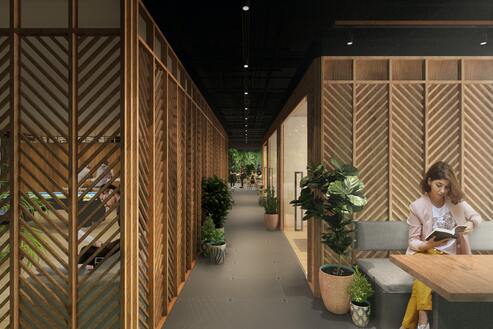
Blog
Driving Building Efficiency With Occupancy Management
Improved hygiene, better space management, and the need for social distancing within planned return to the workplace have prioritized occupancy management recently. The back-to-normal scenario has made it mandatory for commercial buildings to be mindful of occupants' safety while also ensuring operational efficiency.
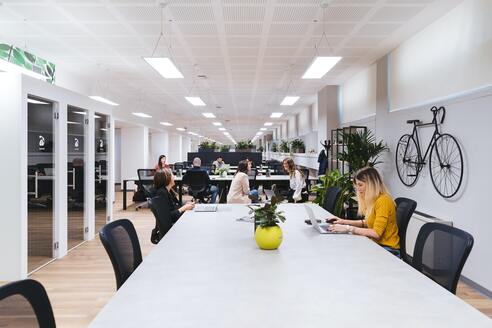
Articles
Ensuring Health & Hygiene In Modern Workplaces
Embracing technology has become a critical component of the workplace environment. Organisations now employ AI and IoT-based solutions for numerous workplace activities ranging from visitor monitoring to resource optimisation. Ever since the pandemic, hygiene has taken centre stage everywhere, including in offline workspaces. Companies are now utilizing these solutions to ensure proactive health management on the premises as well.
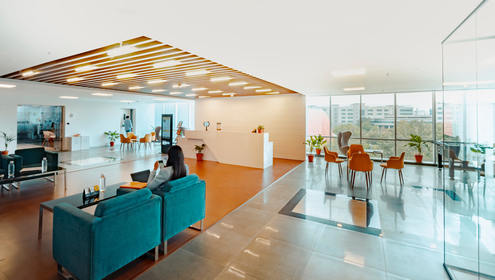
Blog
Enhancing Visitor Experience with Smart Visitor Management Systems
Smart visitor management powered by contemporary technology has replaced traditional, tedious documenting of visitors' check-ins. In fact, post-pandemic as a precautionary move, many organizations have leapt further and moved from touch to touchless.
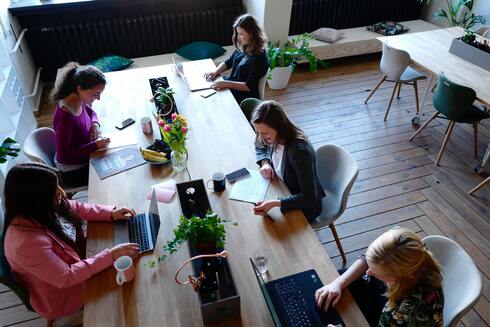
Blog
Rising Need for Space Management in Modern Workplaces
For long enough effective space utilization has been sidelined by organizations as one of the secondary elements of workplace management. However, the rising need for flexibility and agility in workplaces and the hybrid working style has now forced companies and facility managers to rethink space management as a critical contributor to ensuring productivity and efficiency.
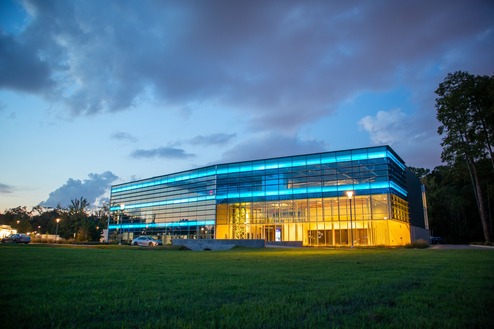
Blog
Safety & Security Solutions For Smart Buildings
With the digital revolution penetrating across sectors, making everything smarter has become the norm of the day. Buildings around us are no exception to this, be it commercial or residential, new generation buildings are increasingly becoming “smart”.
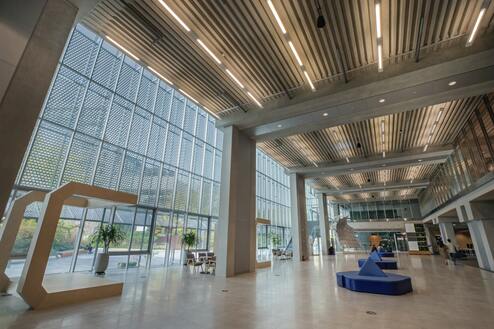
Blog
Smart Lighting & Environment Control System For Buildings
According to the 2020 Buildings Global Status Report, electricity consumption in building operations represents about 55% of global electricity consumption. In the backdrop of conscious consumption of electricity and natural resources, smart lighting systems are being increasingly adopted to ensure energy efficiency and sustainable usage. The innovative modern systems are smart enough to adjust lighting based on requirements and reduce overall energy consumption.
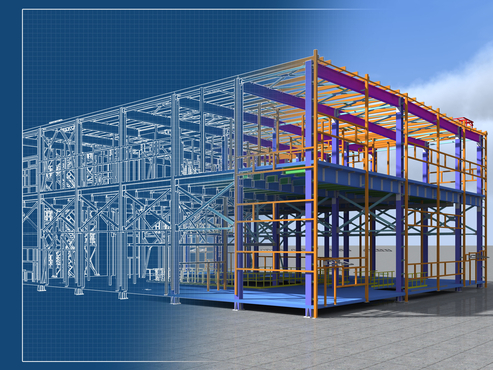
Blog
Understanding Digital Twin For Built World
Named one of Gartner’s Top 10 Strategic Technology Trends for 2017, a digital twin is one among other technologies that have become a business imperative in the era of IoT and IIoT. Bridging the gap between the physical and virtual world, the concept has become a differentiator across industries.
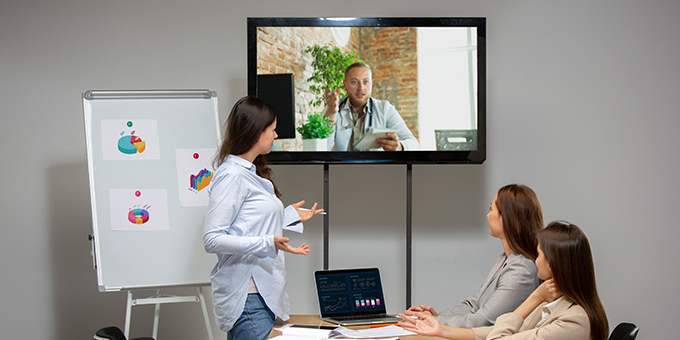
Blog
Leveraging Technology For Successful Workspace Transformation
Accelerated pace of digitisation is not the only significant change that the pandemic has brought in the business world. It has also transformed the work and the workplace forever. With lines between office and home becoming blurred, the definition of the workplace has changed forever.

